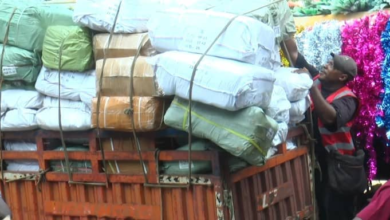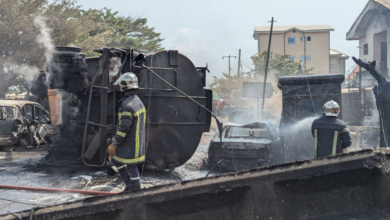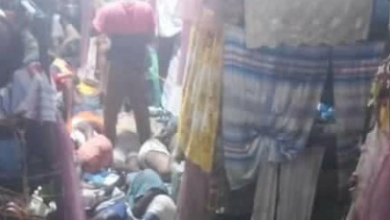Gov’t secures 30 billion for tarring of Bamenda urban areas

In the bustling city of Bamenda, nestled in the highlands of Cameroon, there was a buzz of anticipation as news spread about a transformative infrastructure project. It all began with a communique that ignited hope and excitement among the city’s residents, but then they are still asking questions if this project will really leave the papers and be materialised on the field. This is because for more than two decades, the Cameroon government has promised and failed the people.
“The World Bank’s Board of Executive Directors has approved additional financing amounting to 30 billion CFA Francs,” read the official announcement. The funds were earmarked for a ambitious project: the rehabilitation and expansion of a 30-meter wide road that would span several key areas of Bamenda.
The proposed route would start at the New Road junction, a hub of activity where merchants sold their wares and commuters weaved through bustling streets. From there, the road would wind through Finance Street, known for its financial institutions and bustling markets. It would pass Sonac Street, a cultural hub lined with cafes and shops that showcased local art and crafts.
The road’s journey continued through the heart of Bamenda, passing by the Food Market, where vendors sold fresh produce and spices that filled the air with aromatic scents. It would then circle the Hospital Roundabout, a popular area in Bamenda, North West region.
As the road progress to the T-Junction and on to Veterinary Junction, it promised to connect neighborhoods and streamline traffic flow across the city. The project aimed not only to improve transportation but also to boost economic opportunities by making it easier for goods and services to move throughout Bamenda.
“The work is anticipated to begin before the end of 2024,” the communique assured, sparking discussions among residents about how the road would impact their daily lives. Business owners envisioned easier access for customers, while commuters anticipat shorter travel times and reduced congestion.
For the people of Bamenda, this infrastructure project represented more than just pavement and lanes. It symbolized progress, development, and a brighter future for their beloved city. As preparations begins and plans take shape, optimism filled the air, echoing through the hills and streets of Bamenda. They were ready to embark on this journey toward a more connected and prosperous cityscape, thanks to the vision and support of the World Bank and their commitment to urban development in Cameroon.
But for how long shall this take time to materialize?




